From Vietnam to China and all the way to London, YPT make no bones about the fact we are train nerds. What though do we think of taking the train in Japan?
Well the spoiler alert is that we freaking love it and to such a degree that we run one tour to Japan each year that is for all intents a train geek’s wet dream. Every station, every timetable, every route has obsessive detail and yet somehow works perfectly. You can feel the difference between lines, between old trains and new, and the whole system just runs like clockwork.
Yet while taking the train in Japan is rather wonderful it is not all that simple. In fact, there are numerous different lines, services, and word-of-the-week nuances. There are shinkansen, local lines, private railways, express services, sleeper trains, and even steam heritage lines in some areas. Navigating them requires planning because tickets, reservations, and rules differ depending on the route, the speed, and whether you are on a JR line or private railway. And that is why we are doing a guide to taking the train in Japan, with or indeed without us.
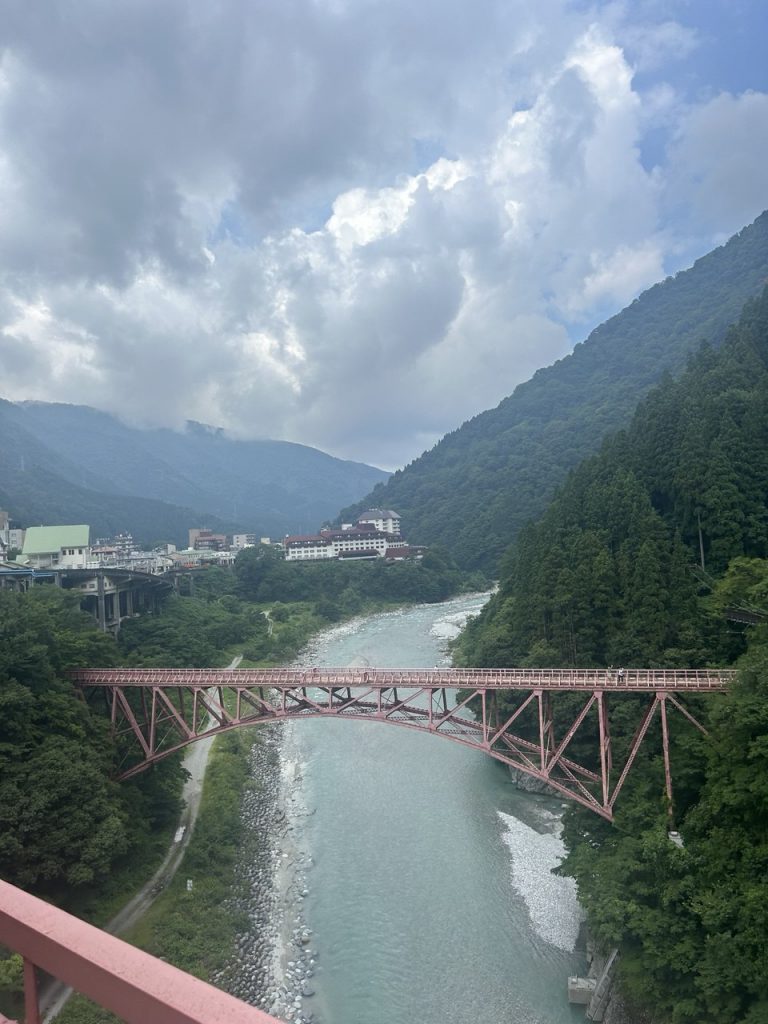
Trains in Japan, a brief history
Train travel in Japan dates back to 1872 when the first line opened between Shimbashi in Tokyo and Yokohama. It was just 29 kilometres long and steam-powered, but it set the stage for Japan’s obsession with railways that continues today. By the early 20th century, lines expanded rapidly to connect Osaka, Kyoto, Nagoya, and other major cities. Steam trains gave way to electric trains, and local lines were built to connect towns, villages, and industrial hubs. By the 1920s and 1930s, the rail network was dense and integrated into urban life, supporting both commuting and freight, while stations became hubs of commerce and social life.
After the Second World War, Japan rebuilt its rail system at astonishing speed. Freight and commuter lines were essential for economic recovery. In 1964, the shinkansen, the famous bullet train, opened between Tokyo and Osaka. It was fast, smooth, punctual, and marked Japan as the global leader in high-speed rail. Over the decades, shinkansen lines expanded to cover most of the country, including Hokkaido, Kyushu, and even remote areas. Private railways flourished alongside JR lines, creating competition and variety, from high-speed express to slow local lines.
Today Japan has one of the most extensive, punctual, and efficient rail networks in the world. Trains run exactly on time, stations are spotless, and almost every destination can be reached by rail. High-speed shinkansen, regional express, and quaint local trains operate seamlessly together. Despite the technological precision, the history remains visible in older stations and vintage trains, blending charm with cutting-edge engineering. For anyone obsessed with trains, Japan is heaven, combining history, innovation, and obsessive attention to detail that makes every journey memorable.
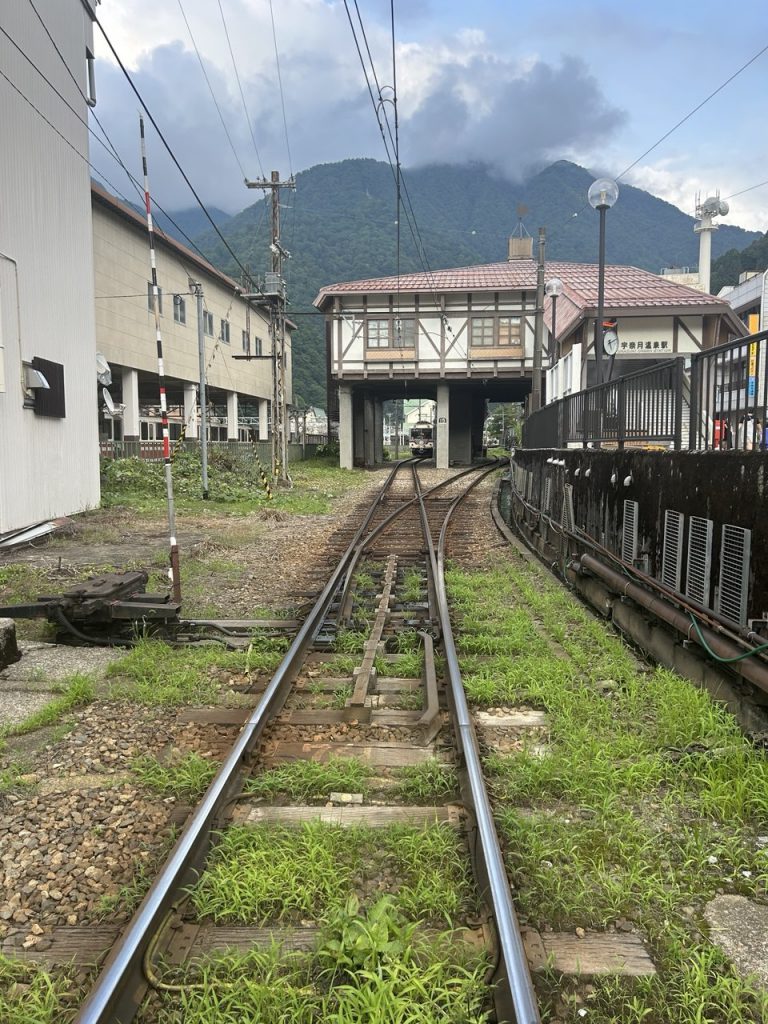
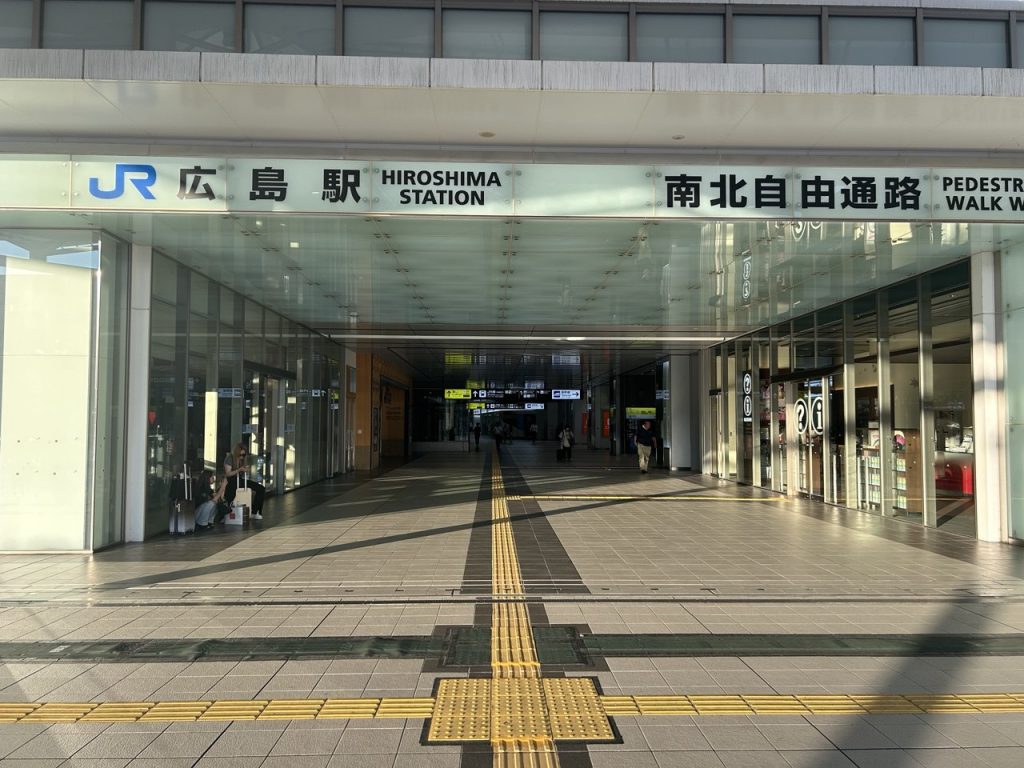
There are different lines
Japan’s railways are not a single system. The main JR lines are government-operated and cover most long-distance and intercity routes, including almost all shinkansen. Local lines are often private, connecting towns and villages that would otherwise be inaccessible. These trains stop frequently, run slower, and often retain a nostalgic feel, especially in rural areas. Some old lines maintain diesel engines or even steam locomotives for tourists, providing a glimpse of Japan’s rail history.
Express lines skip stops and move faster, catering to business travellers and commuters who want to get between major cities quickly. Shinkansen trains fly at 300 kilometres per hour or more, offering smooth, quiet, and extremely punctual travel. The variety can be overwhelming, as each line has its own rules, ticketing system, and seating options. Private railways, particularly around Osaka and Nagoya, run their own networks and sometimes compete with JR routes.
Understanding the differences is essential for planning a journey. Local lines offer charm and scenery, JR lines give reliability and reach, and express services save time. Mixing and matching depending on speed, comfort, and price is part of the fun of travelling Japan by train. With a little planning, even first-time visitors can move seamlessly between high-speed, regional, and local services, enjoying the full range of experiences.
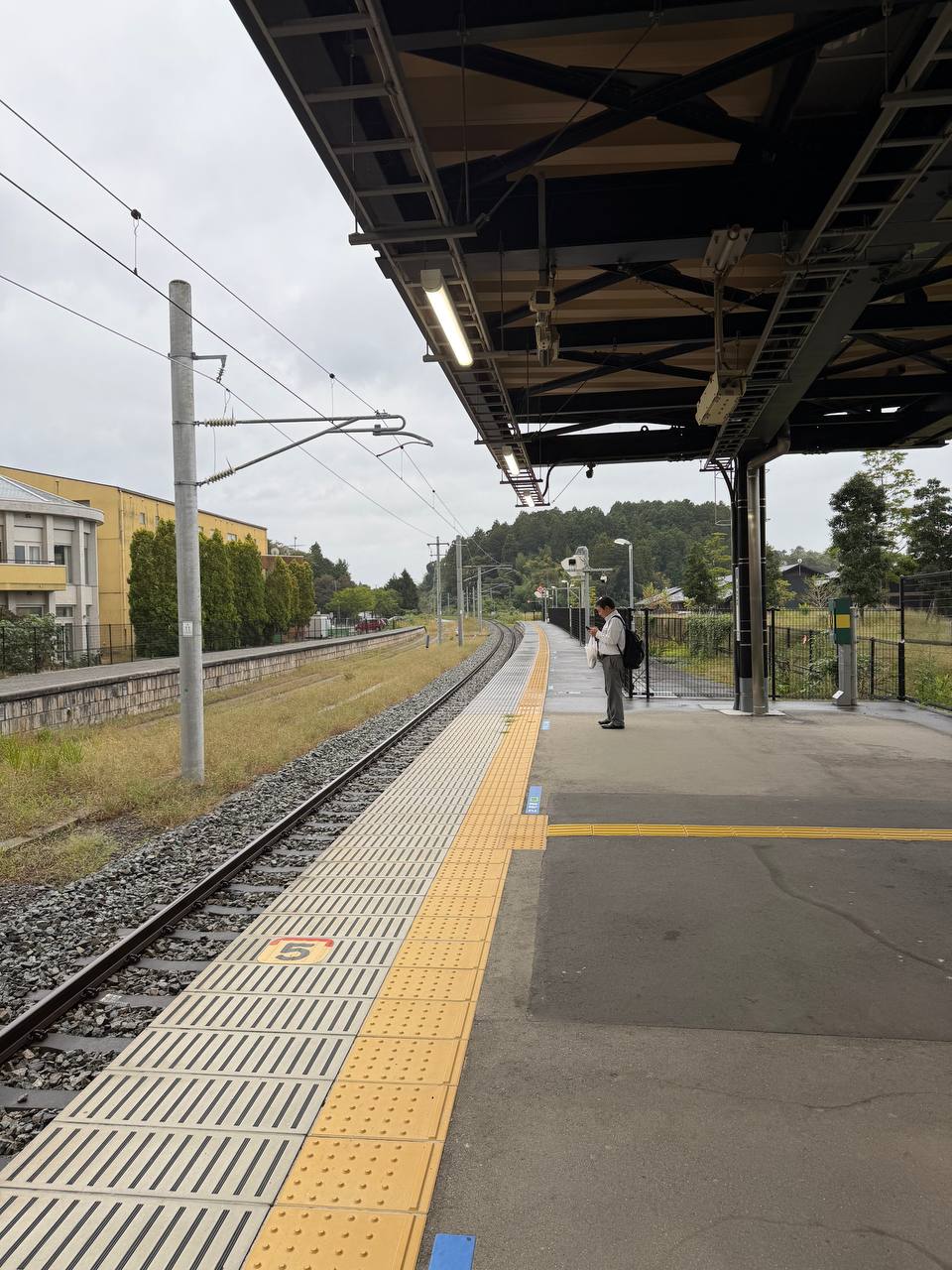
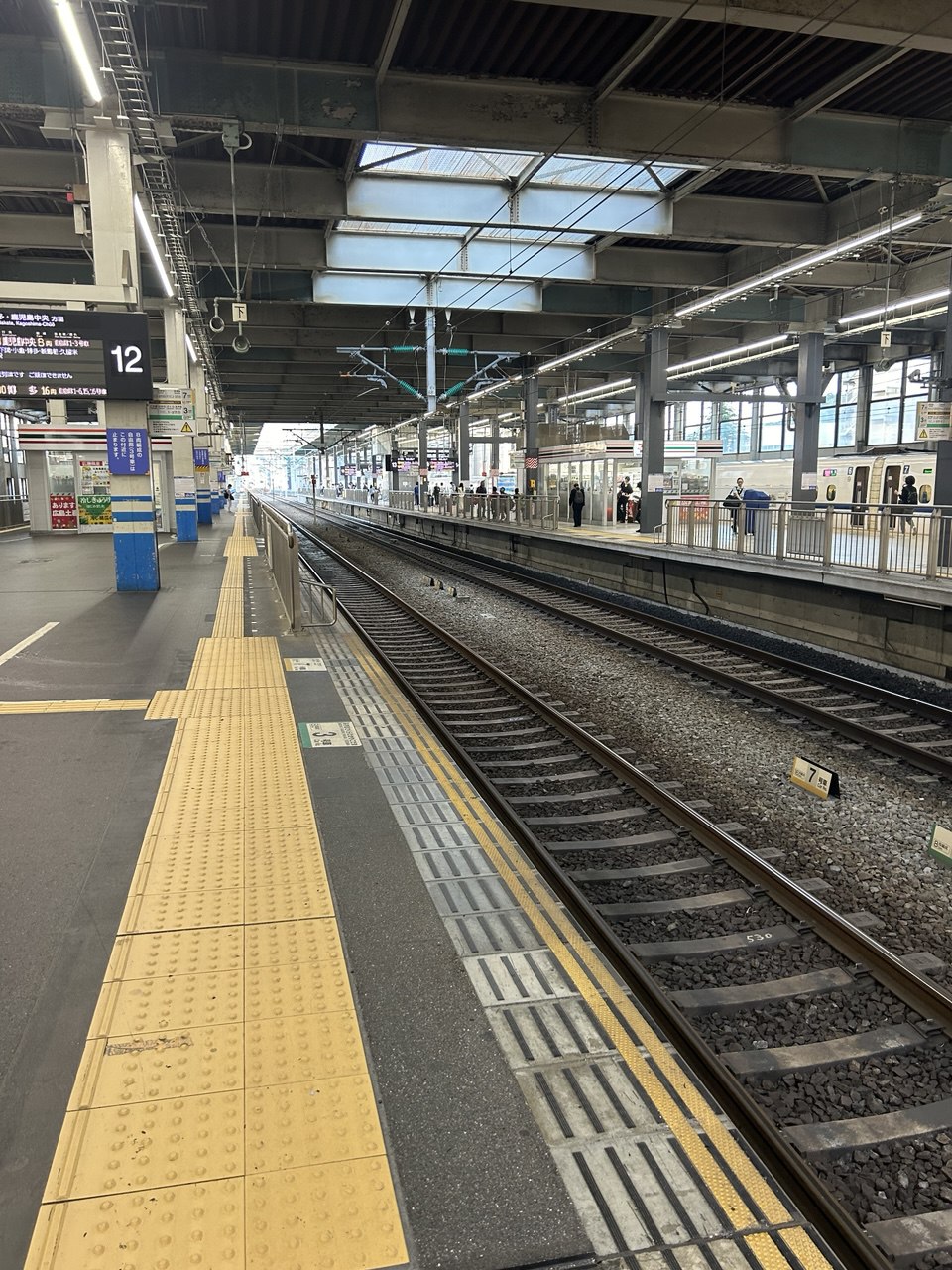
A question of class
Train tickets in Japan are not all equal. On shinkansen, there are ordinary cars, green cars, and on some routes Gran Class, roughly equivalent to business class. Ordinary cars are clean and comfortable, suitable for most travellers. Green cars are wider, quieter, and more spacious, often with reclining seats and extra legroom. Gran Class offers luxury with fully reclining seats, meals, and service akin to first-class airline travel.
Sleeper trains exist on long overnight journeys, with private compartments or couchettes. Booking ahead is strongly recommended for overnight or high-speed routes, as seats fill quickly. Some trains allow standing passengers when busy, but this is rare. Class choice affects comfort, cost, and the overall experience, so travellers should plan according to their priorities and budgets.
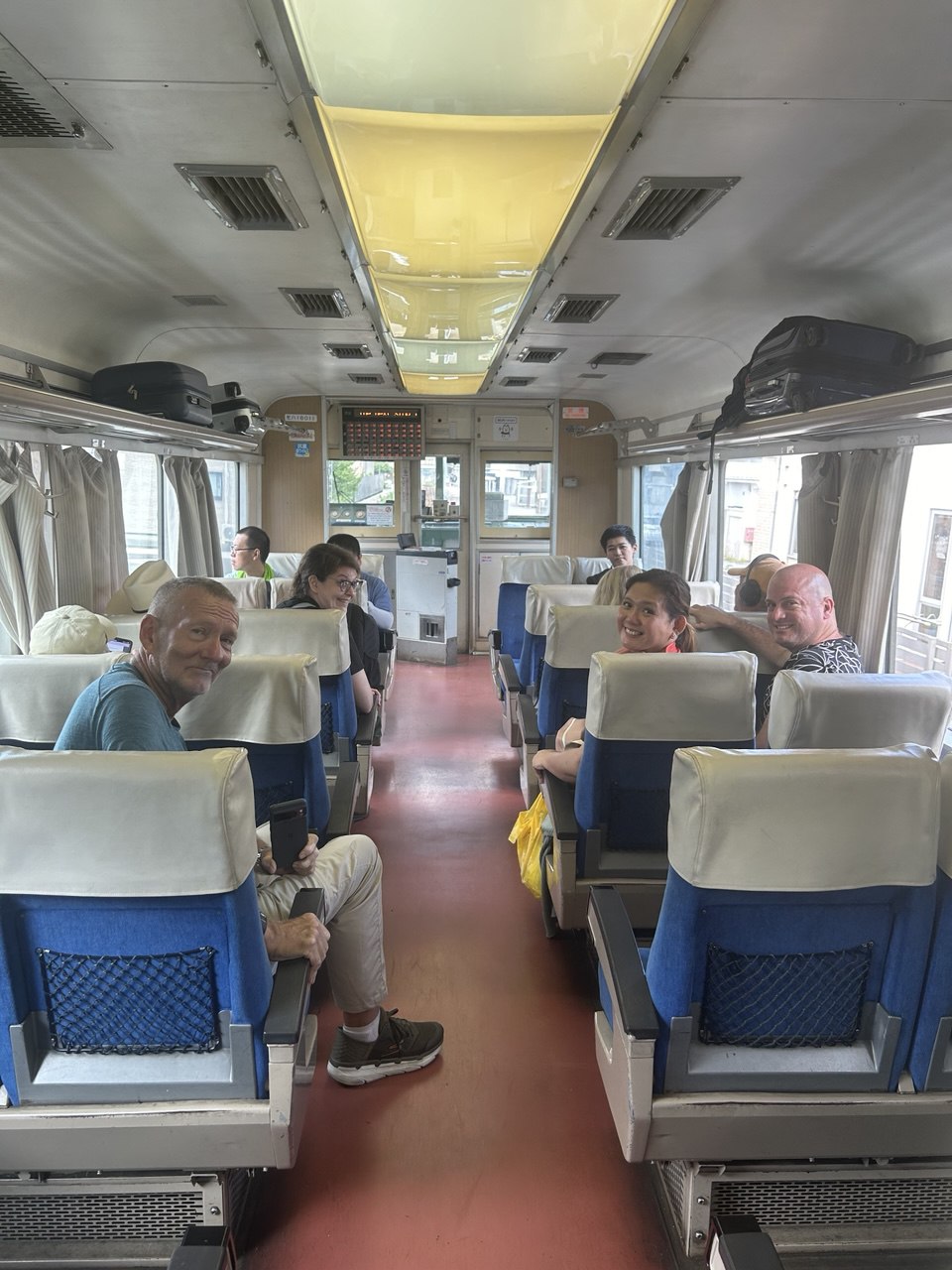
A question of etiquette
Japanese train etiquette is famously polite. People wait for others to get off before boarding, forming lines and making it easy to get on and off without pushing or shoving. Phones are not used in cabin areas, and talking is low and subdued, so you can actually hear the train glide along the tracks. Luggage is stored neatly, never blocking aisles, and passengers respect personal space even when the train is full.
Eating and drinking is done only in designated areas, and trash is carried off or disposed of properly. Trains run on time to the minute, and everyone treats that schedule as sacred. Compared to China, it is calm, quiet, and stress-free. First-time travellers notice it immediately and can enjoy the scenery, read, or just sit back and relax. Following these simple rules makes every journey smoother and more enjoyable.
Iconic Train in Japan Routes
While there is nothing bordering on a Trans-Siberian Express there are actually a lot of really epic train routes in Japan! The following are but a drop in the Sea of Japan.
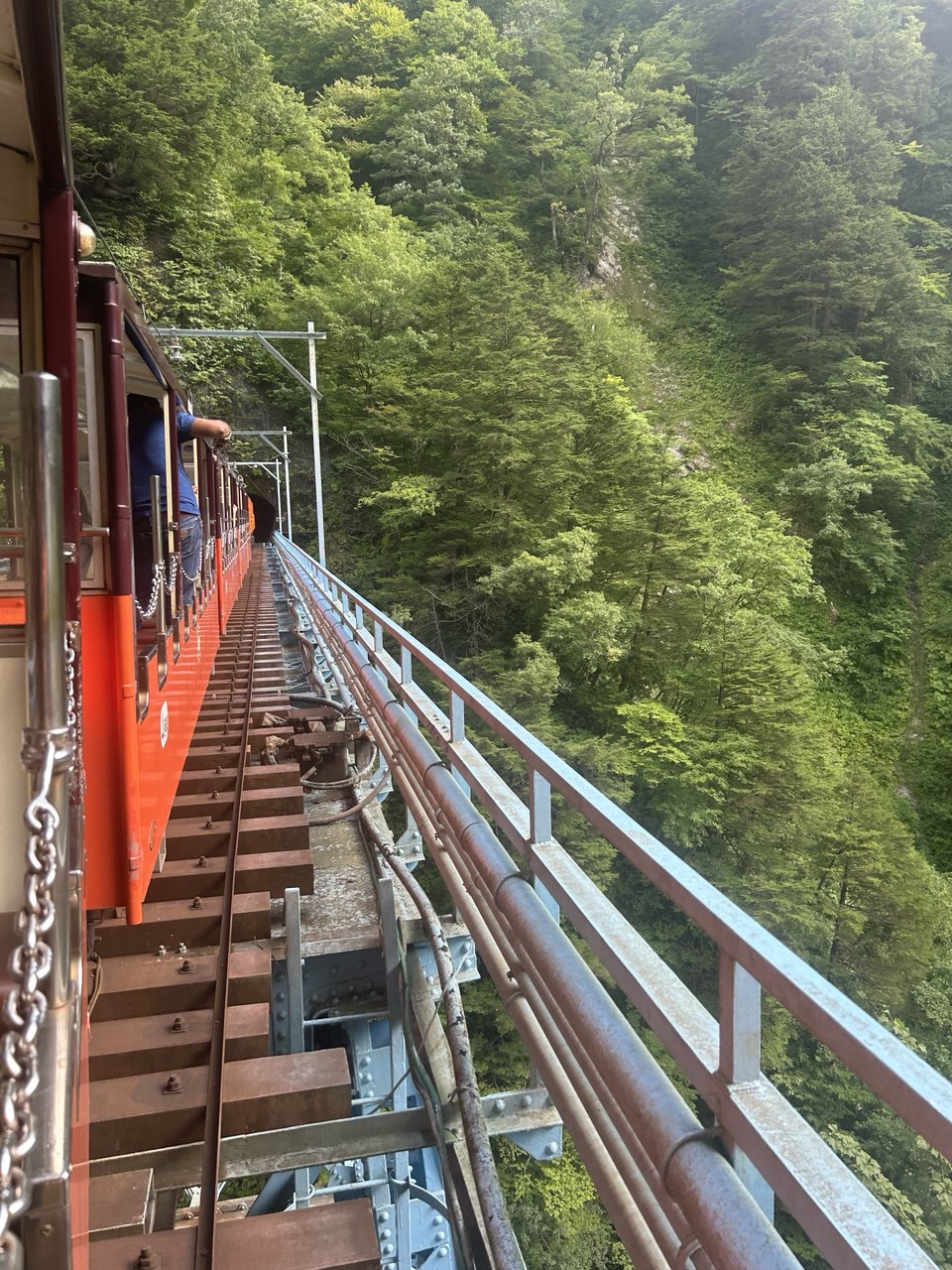

Tokaido Shinkansen (Tokyo to Osaka)
2.5 hours, roughly 120 USD. The most famous route connecting Japan’s two largest cities with speed, convenience, and efficiency.
Sanyo Shinkansen (Osaka to Fukuoka)
3 hours, roughly 130 USD. Runs through western Honshu and connects to Kyushu, combining urban scenery and high-speed travel.
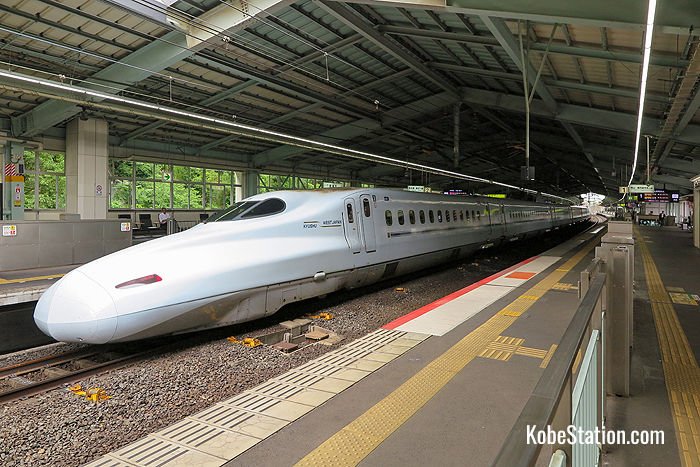
Hokkaido Shinkansen (Tokyo to Hakodate)
4 hours, roughly 150 USD. Crosses scenic northern Japan, ideal for combining speed with views of mountains and coastline.
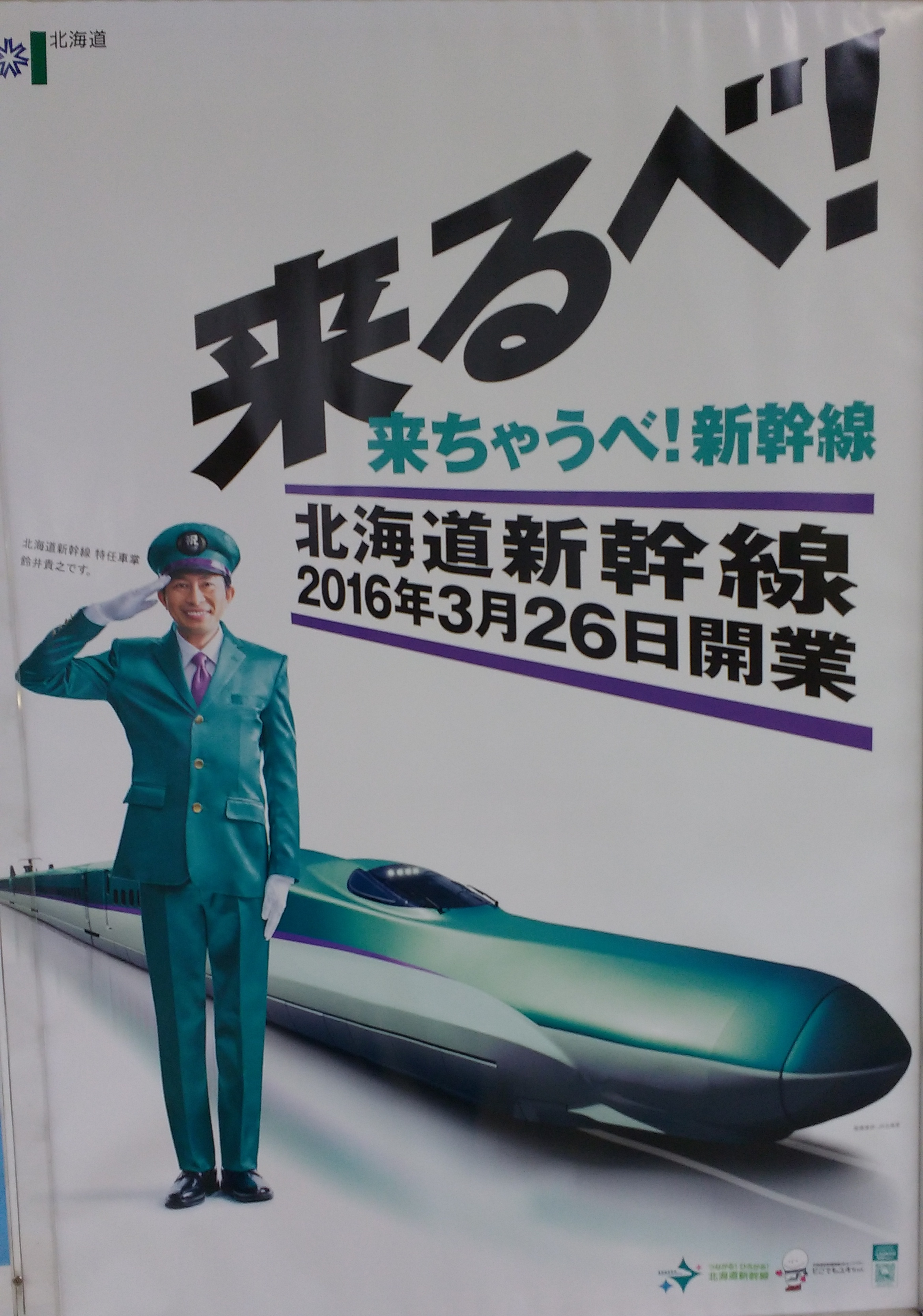
Kyushu Seven Stars luxury train (Fukuoka to Kagoshima)
2 days, roughly 1,200 USD. A luxury experience with sleeping compartments, meals, and curated sightseeing along the route.
Hakone Tozan Railway (Odawara to Hakone)
90 minutes, roughly 10 USD. A classic mountain route famous for tight curves, steep inclines, and picturesque views, particularly in autumn.
These routes show the diversity of Japanese rail travel, from cutting-edge bullet trains to nostalgic local lines and luxury scenic journeys.
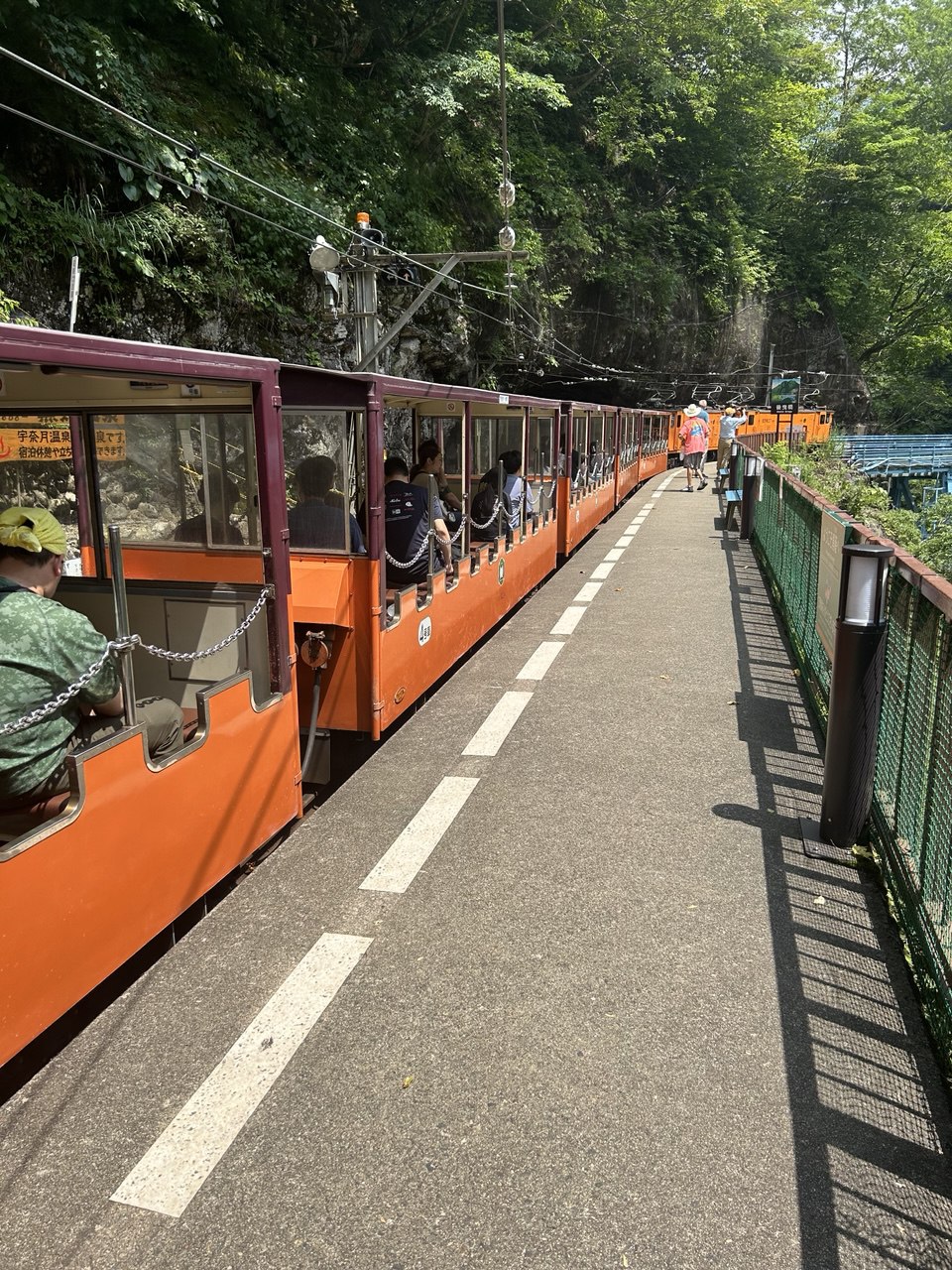
The JR Rail Pass
The JR Rail Pass is essential for foreigners who want unlimited travel on JR lines. Purchase it outside Japan from authorised resellers, with prices roughly 250 USD for seven days and 400 USD for 14 days.
Once in Japan, activate it at any major JR station. The pass covers most JR trains, including shinkansen, regional, and local lines, though some high-speed services may require seat reservations. Using the pass saves money, simplifies travel, and allows travellers to explore multiple regions without constantly buying separate tickets. This is the way to explore Japan.

Conclusion on taking the train in Japan
I am yet to do a blog on the best train coumtries in the world (theres an idea), but Japan would fully be up there and it certainly beats a bus!
And of course you can do it all on a tour with YPT, or of course by your onesey, but hey where is the fun in that.
Click to check out our Japan Tours.





